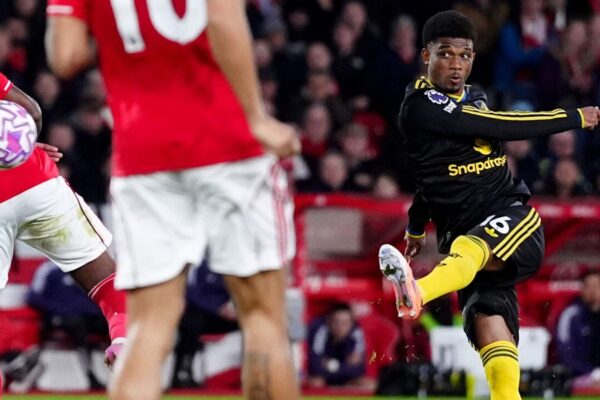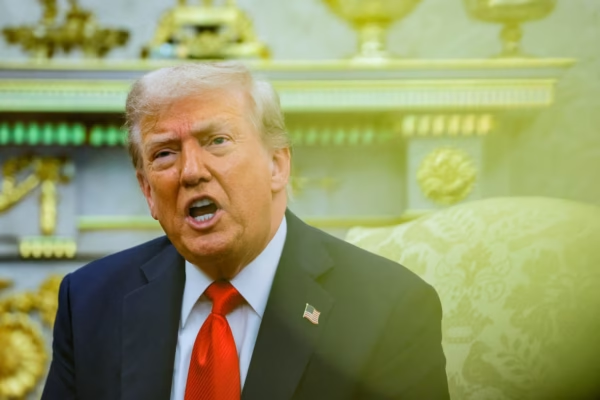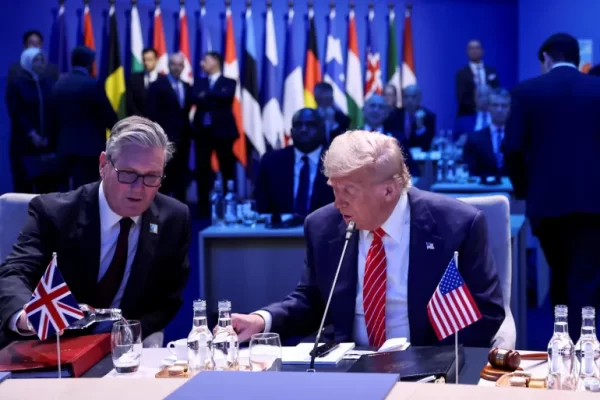
Amad Diallo’s Stunning Volley Rescues Point for Manchester United in 2-2 Draw at Nottingham Forest
Amad Diallo’s spectacular late volley salvaged a point for Manchester United in a dramatic 2-2 draw against Nottingham Forest at the City Ground, ending United’s three-game winning streak in the Premier League. With nine minutes remaining and Forest on course for victory, Diallo pounced on a loose header from Nikola Milenkovic to unleash a thunderous left-foot strike into the top corner. The Ivorian winger almost snatched all three points deep into stoppage time, but his effort was blocked on the line by Murillo. United had earlier taken the lead in controversial fashion when Casemiro headed home from a corner that replays showed should not have been awarded. The ball appeared not to have crossed the line before going out of play, prompting widespread frustration among Forest players and supporters. Former Premier League referee Mike Dean weighed in on the incident during Sky Sports’ Soccer Saturday, saying: “It’s not out. The ball is nowhere near out. It’s just a guess by the referee.” The controversy deepened Forest’s sense of grievance, having conceded a similar goal from an incorrect corner decision against Bournemouth the previous weekend. Spurred by that sense of injustice, Forest came alive after the break. Morgan Gibbs-White levelled with a fine header three minutes into the second half before Nicolo Savona, the player controversially judged unable to keep the ball in play for Casemiro’s opener, bundled in Forest’s second to complete a quickfire turnaround. Bruno Fernandes struck the post as United pushed for an equaliser, but Forest threatened to extend their lead, with Igor Jesus heading wide and Callum Hudson-Odoi flashing a shot just past the post. However, Diallo’s late brilliance ensured Erik ten Hag’s side avoided defeat, though they missed the chance to climb into second place in the Premier League table. United now sit fifth. Forest, still winless under new boss Sean Dyche, showed resilience and attacking intent but remain 18th in the standings, a reminder that while performances are improving, results are still needed to escape the drop zone.



